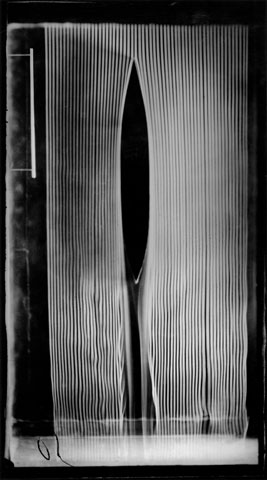
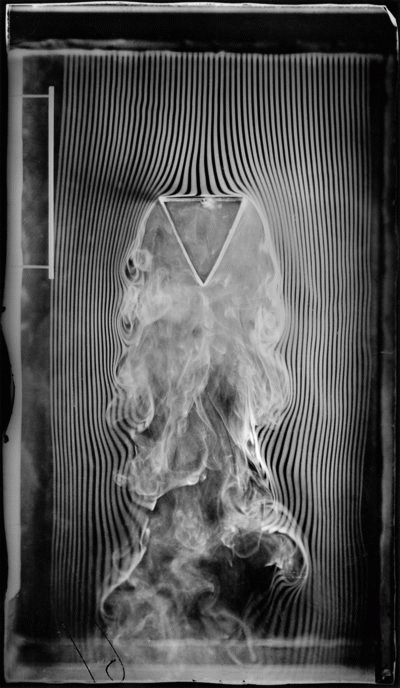
Etienne-Jules Marey, from the series ‘Mouvements de l’air’ (Movements of air)
In 1901, the French scientist, physiologist and chronophotographer built a smoke machine with 58 smoke trails, in order to study movements of air.


Etienne-Jules Marey, from the series ‘Mouvements de l’air’ (Movements of air)
In 1901, the French scientist, physiologist and chronophotographer built a smoke machine with 58 smoke trails, in order to study movements of air.
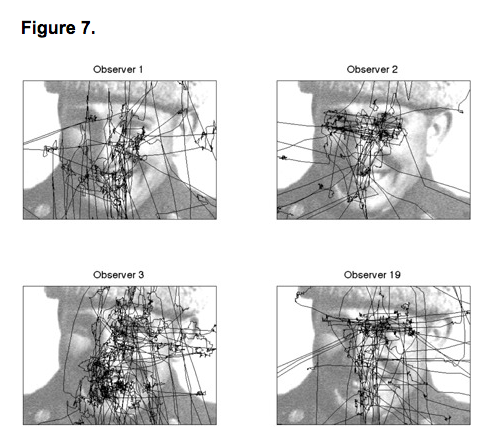
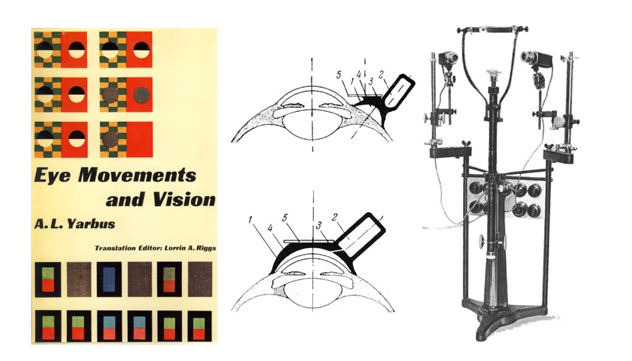
From Alfred Lukyanovich Yarbus‘s book, ‘Eye Movements and Vision’ (1967). Scan patterns for four of the observers in the study as they freely viewed the portrait of Yarbus.
Yarbus is one of the founders of modern eye movement research. His work – based on the development of a method for accurately recording eye movements, using suction caps on the eyes – has had a profound influence on recent approaches to the study of eye movements and vision.

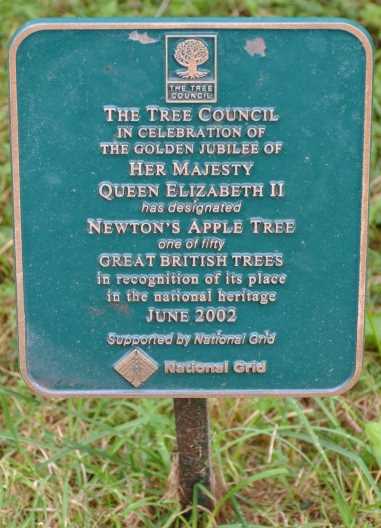
This apple tree is located at Woolsthorpe Manor, near Grantham, Lincolnshire, and it is here under its branches that Isaac Newton sat in 1665 when ‘the notion of gravitation came to mind’.
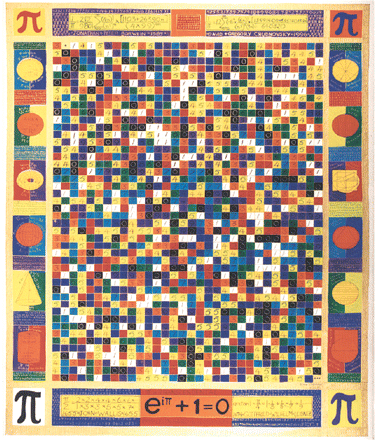
Anne Adams, ‘Pi’ (1998)
The work portrays the first 1,471 digits (plus the decimal point) of the mathematical ratio pi. With white, black, and component colors of the white light spectrum marking each integer from 0 to 9, Adams tried to capture the randomness of pi’s expansion.
Louise Owen, the woman in this video, has a very extreme form of hyperthymesia (superior autobiographical memory), which means that her memory cannot forget anything in her life.
Clive Wearing suffers from a severe kind of amnesia (anterograde amnesia), which causes him to forget everything that happened in his life more than 30 seconds ago.
During the etching process five keys are submerged in an etching solution. From time to time one of the objects is removed from the solution, until finally a small unrecognisable shape was left over.



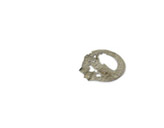
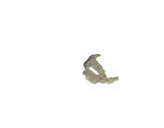



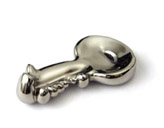
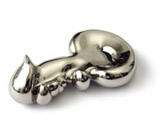
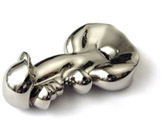
During the galvanisation process, metal atoms from a copper sulphate solution are deposited onto the objects by means of electrolysis. Just like during the etching process, four keys have been subject to the chemical process for an increasing period of time.
Driessens & Verstappen, ‘Morphoteque #13’ (2003)